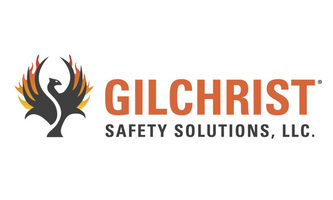Did you know that sudden cardiac arrest (SCA) can happen to anyone? Infants, children, teens, adults, and older adults can all experience SCA, even without having any signs of heart disease.
SCA is caused by a problem with the electrical system of the heart. When the heart isn’t receiving enough oxygen or becomes injured, it stops effectively pumping blood to the brain and other vital organs. When this happens, brain damage begins to occur after 4-6 minutes without oxygen and brain death can occur after 10 minutes.
HOW TO HELP IN AN SCA EMERGENCY
If you recognize signs of sudden cardiac arrest (e.g. sudden collapse, loss of consciousness, no signs of breathing), you need to act quickly.
- Call 911. Direct bystanders to call for help and send someone to get a nearby automated external defibrillator (AED).
- Begin CPR. Push hard and fast on the center of the chest.
- Use an AED. Use the AED as soon as it arrives on scene. CPR will help supply oxygenated blood to the brain and vital organs, which will buy additional time for an AED to be used. The sooner an AED shock is administered, the better chance of surviving cardiac arrest.
USING AN AED
Anyone can use an AED to save a life. AEDs are designed to be simple and user-friendly, even for bystanders who haven’t received training. To use an AED, follow these steps:
- Turn on the AED. Depending on the model, this may involve pushing a button, lifting the unit’s lid, or pulling the handle.
- Follow the AED prompts. The AED will walk you through how to apply the pads and direct you to stop compressions when it’s ready to run its assessment.
- Clear the victim and provide a shock. The AED will direct you to deliver a shock if it’s needed. Quickly look up and down the victim to ensure no one is touching him/her. Then, loudly say “clear” before pressing the shock button.
- Resume compressions. Continue to follow the AED prompts. The AED will assess the victim’s heart rhythm every two minutes. Untrained and trained bystanders may feel nervous or reluctant to push the shock button when directed, but rest assured the AED won’t shock a person whose heart isn’t in a shockable rhythm, even if the shock button is pushed.
Contact Gilchrist Safety Solutions, LLC to get CPR, AED and First Aid Certified and gain the confidence to respond to an emergency.

